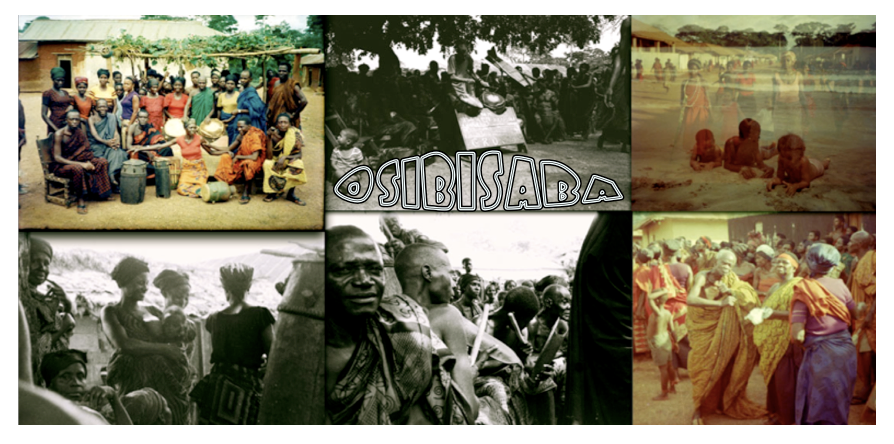Several posts back, I briefly mentioned a rendition of a traditional flute dirge played on the organ on a track from the African Brothers' album Tribute to D.K. In light of that comment I thought that I would take some time here to discuss the genre of funeral dirges for flute. Traditional flute music in Ghana is exceptionally beautiful, and dirges in particular are especially soulful and stirring. I've selected three videos from youtube which feature different performances of flute dirges. These performances occur in the context of funerals and mourning.
In the first two videos, dirges are played on the atenteben, a diatonic bamboo flute which was developed by composer/professor Dr. Ephraim Amu in the 1920/30s. The atenteben also appears in highlife music, from '70s bands Wulomei and Hedzoleh Soundz to modern groups like Hewale Sounds and the Pan-African Orchestra.
The third video features Nana Yaw Opoku Mensah, once a flautist in the court of the Asantehene, playing the traditional Akan odurugya flute. In contrast to the atenteben, the odurugya is a notched flute with a deep bass tone, built from the inner cane of the bamboo stalk. Like the Akan atumpan drums, flute dirges imitate the tonal contours of the Twi language. In this way, flute dirges may be conceived of as a musical recitation of a spoken text. Read more about the atenteben and odurugya in this short writing by Professor J.H. Kwabena Nketia HERE.
"The flute is often used in songs of lamenting or grief. This piece is more of a recitation than a song, for the odurugya is a 'talking' instrument, which means that the Akan of antiquity developed a system of encoding their language into the range of sounds/tones the odurugya makes. One must be immeresed in the 'deep structures' of Akan society in order to learn the method of 'decoding' the flute language."
- kbee, http://www.youtube.com/watch?v=3T7wpDllY4U&feature=related
In conclusion, I offer a short recording of an odurugya dirge from Ephraim Amu's University of Ghana Chorus record. Thank you to the individuals who posted these wonderful videos of traditional flute music from Ghana.
Flute Prelude - Dr. Ephraim Amu







